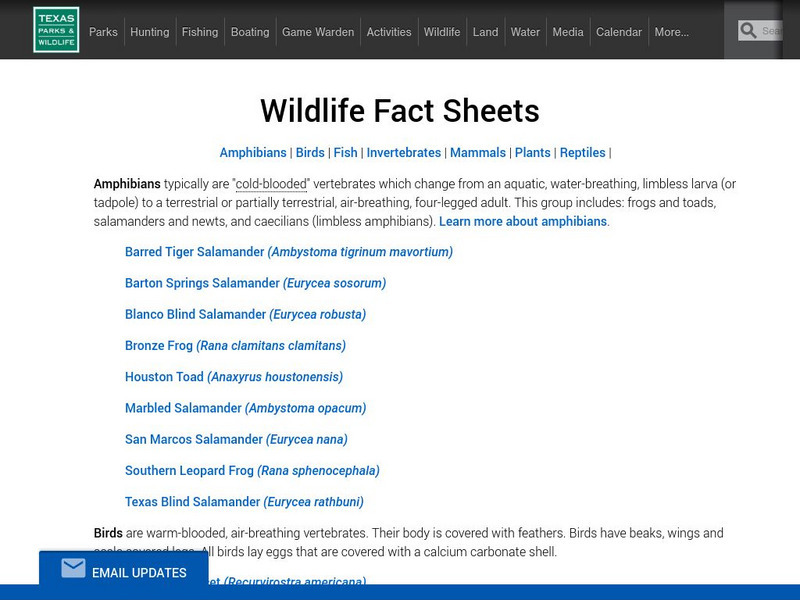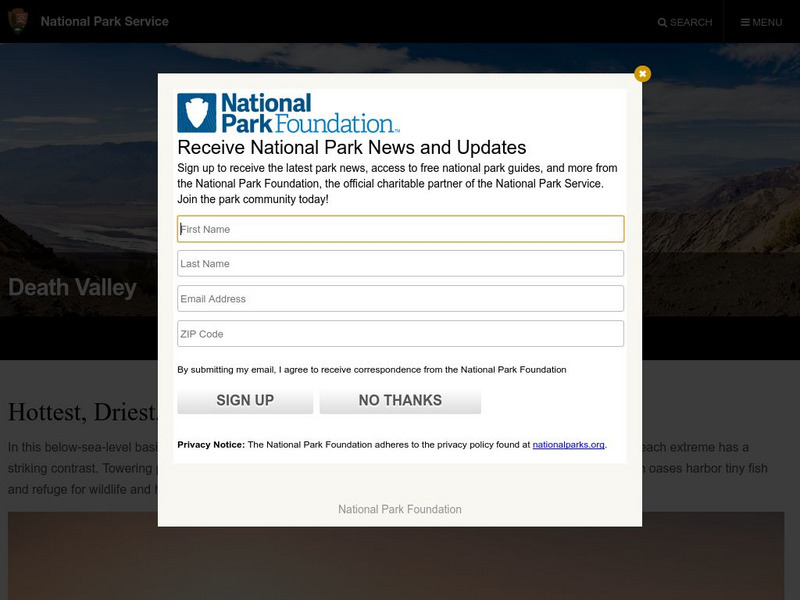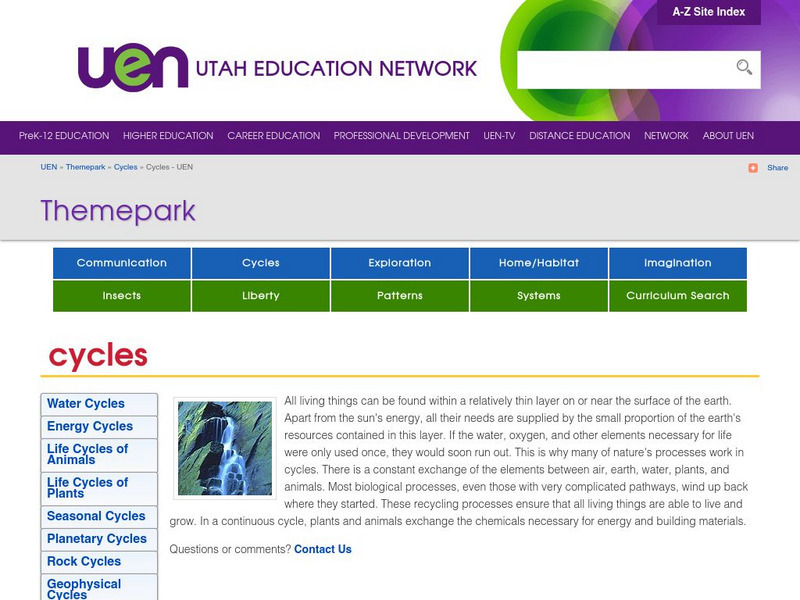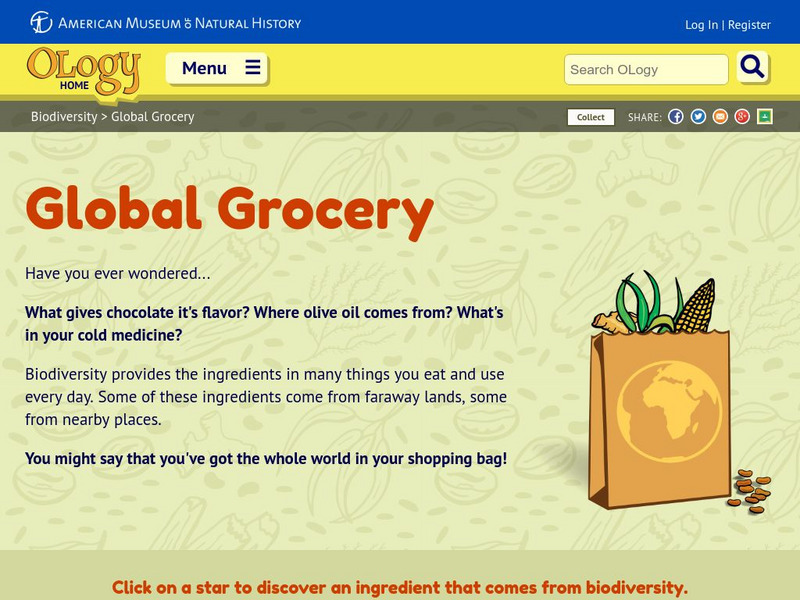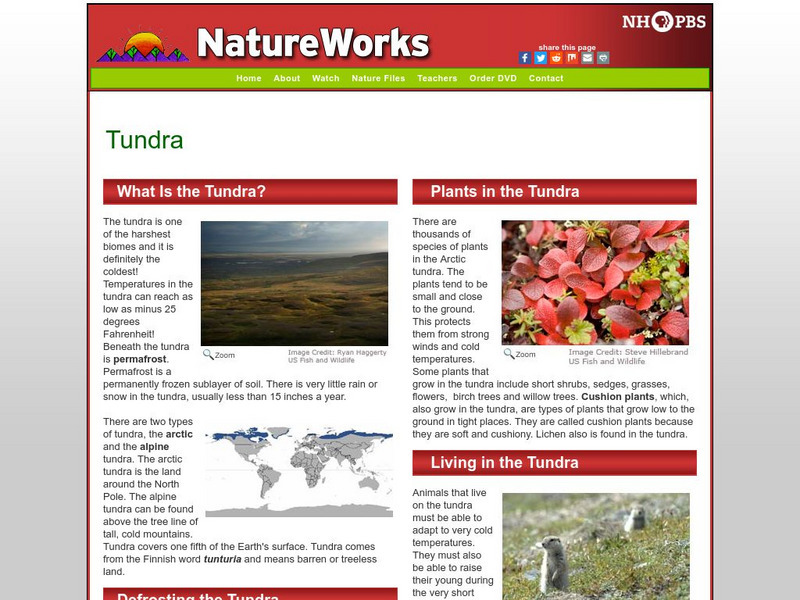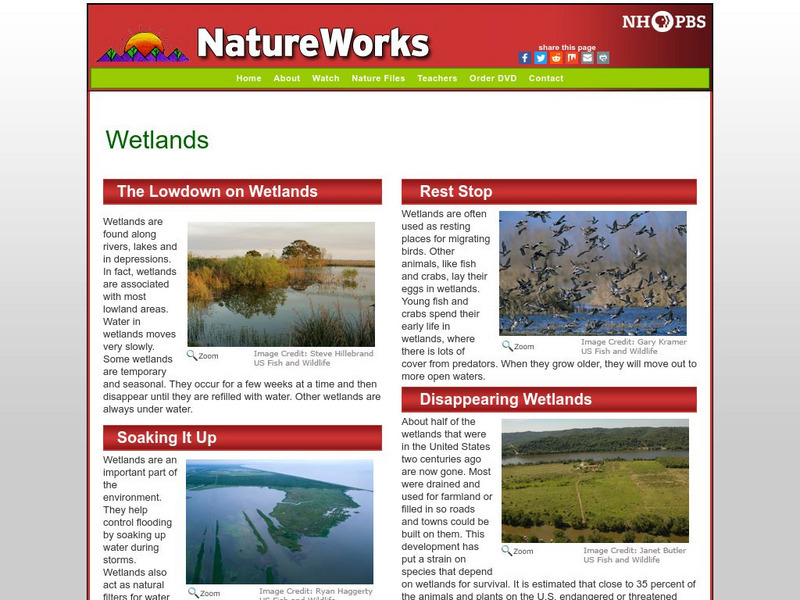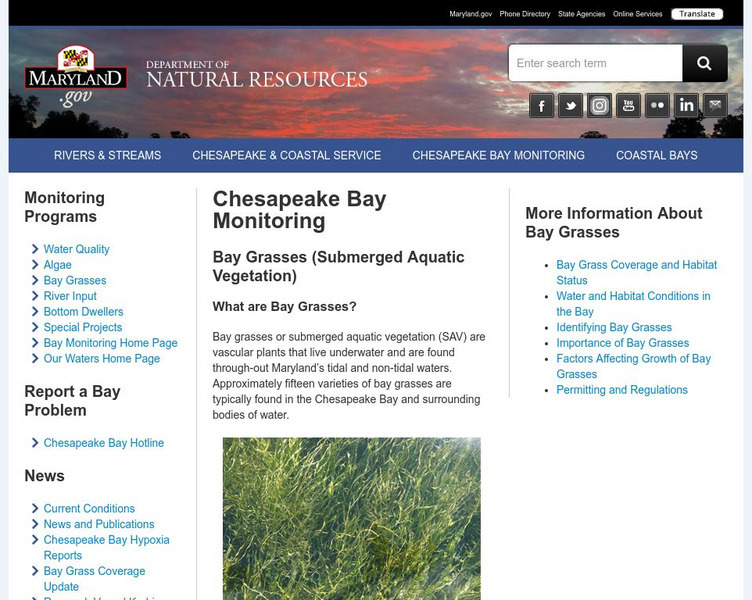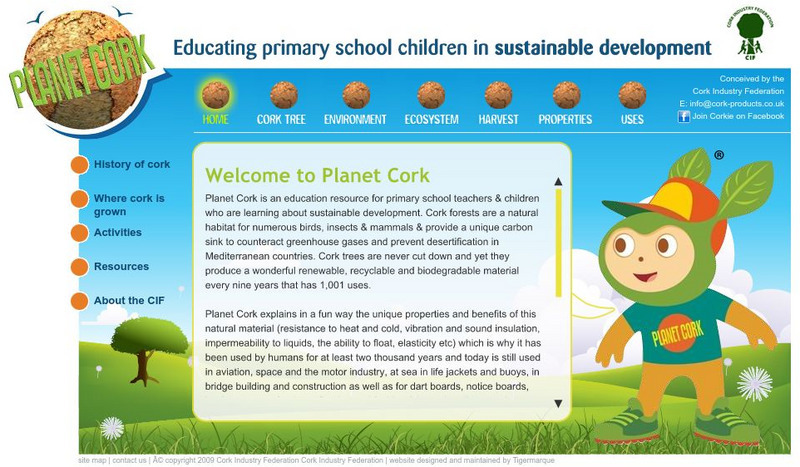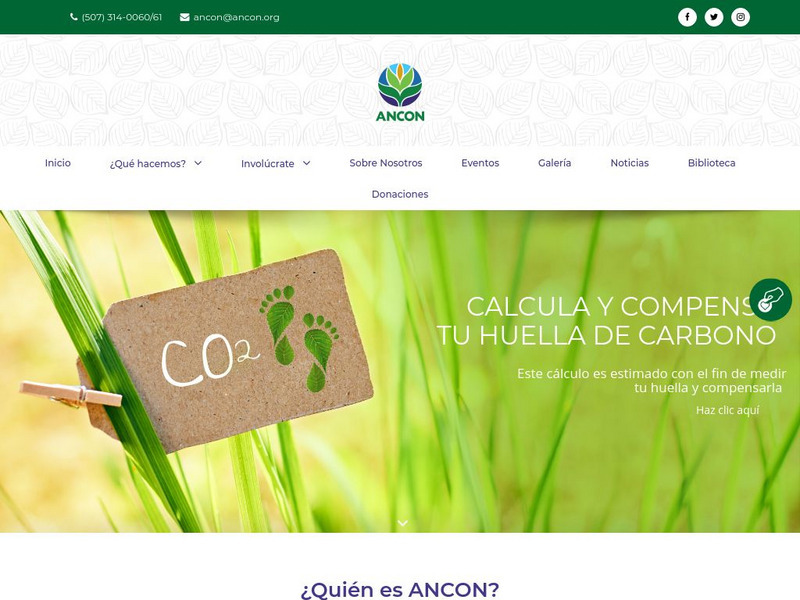Hi, what do you want to do?
Native American Art and Technology
Native Tech: Native American Technology and Art
Informational site discusses the technology of Native American crafts and the meaning of those crafts. Touches on everything from pottery to clothing.
OpenSciEd
Open Sci Ed: 7.4 Matter Cycling & Photosynthesis
This unit on matter cycling and photosynthesis has students investigating the idea that all food comes from plants.
Other
Natural Resources Canada: Polar Continental Shelf Project
This resource presents an overview of the Arctic - its animals, plants, people and geography.
Idaho State University
Idaho Museum of Natural History: Guide to the Plants of Idaho State Arboretum
This resource describes the different plants of the Idaho State Arboretum in Pocatello. Users are provided with a picture and a description of every plant in the arboretum. You can click on the pictures for a larger view.
Science Struck
Science Struck: Arabian Desert Facts
Presents interesting information about the Arabian Desert, including its physical geography, climate, plants and animals, their adaptations to the environment, natural resources, and threats to its habitats.
Khan Academy
Khan Academy: Activity: Comparing Crops
Take a closer look at some of the earliest farming civilizations and the plants and animals they domesticated. This quick exercise using the Agriculture and Civilization Infographic has you consider the regional differences in...
Texas Parks and Wildlife
Texas Parks & Wildlife Department: Wildlife
Here you will find a description of many types of wildlife species living in Texas. Clicking on the underlined words will direct you to links to related topics. Browse through the website (land and water) to discover aquatic species and...
PBS
Pbs Learning Media: Nature/national Geographic: Flora's Background and Motivation
Learn about what motivated Flora, a woman from the city, to move to the African bush in this short video from Nature/National Geographic. This is one in a series of three videos about Flora's life. [7:00]
Curated OER
National Park Service: Haleakala National Park
This is an informational resource from the Haleakala National Park that provides much information on the ecosystems there. Animal and plant life has faced many challenges to survive in this harsh environment, which has been wrought with...
BBC
Bbc Nature: Woolly Bear Moths
It is not surprising that this family of moths is commonly called woolly bears or woolly worms, as the caterpillars of many species are really very hairy. The larvae can be full of poisonous chemicals acquired from their host plants,...
Curated OER
National Park Service: Death Valley National Park
Death Valley acquired its name during the California Gold Rush, but the Timbisha Shoshone inhabited the region long before. The severely hot and dry national park is packed with history, culture, incredible geology, and, believe it or...
Curated OER
National Park Service: Death Valley National Park
Death Valley acquired its name during the California Gold Rush, but the Timbisha Shoshone inhabited the region long before. The severely hot and dry national park is packed with history, culture, incredible geology, and, believe it or...
TeachEngineering
Teach Engineering: Biodomes
Students explore the biosphere's environments and ecosystems, learning along the way about the plants, animals, resources and natural cycles of our planet. Over the course of lessons 2-6, students use their growing understanding of...
Utah Education Network
Uen: Themepark: Cycles
This is a large collection of resources on cycles of nature and the Earth. There is a constant exchange of the elements between air, earth, water, plants, and animals. Most biological processes wind up back where they started. These...
PBS
Pbs Learning Media: Investigating Animals Packet: Pre K and K: Summer of Possibilities
Use these animal-themed activity sheets to allow children to choose their own learning adventures while investigating animals.
American Museum of Natural History
American Museum of Natural History: O Logy: Global Grocery
Did you ever wonder where tapioca pudding comes from? Did you know that cacao beans were once used as money? Learn about the human uses of plants (to make common foods and medicines) at the Global Grocery.
PBS
Nh Pbs: Nature Works: Tundra
Can you name the two types of tundra? Find the answer to this question and many more when you explore this educational resource. The content of this site includes a look at this biome's characteristics, plant life, animal life and more....
Other
The Centennial Museum and Chihuahuan Desert Gardens
The Centennial Museum is an academic support and outreach unit of the University of Texas at El Paso focusing on the natural history and the indigenous, colonial, pre-urban, and folk cultures of the border regions of the southwestern...
PBS
Nh Pbs: Nature Works: Wetlands
Did you know that wetlands are frequently used as resting stops for migrating birds? This is just one of the many interesting facts found within this educational resource. This site features information on the characteristics, types,...
PBS
Nh Pbs: Nature Works: Freshwater Marshes
Come and check out this site featuring information on Freshwater Marshes. The content of this resource includes facts about marshes, photographs of marshes, and more.
Other
Maryland Dnr: Chesapeake Bay Monitoring: Bay Grasses
This resource provides information about the marine grasses found in the Chesapeake Bay. Click on adjacent links to learn about their habitat, how to identify them, and why they are important.
PBS
Pbs Learning Media: Liberty Lands
In this What's Up In The Environment? video segment, learn how a contaminated plot of land in Philadelphia was recycled into a beautiful public park called Liberty Lands.
Other
Planet Cork: Educating Primary School Children in Sustainable Development
Cartoon character Corkie wants all children to know about one of nature's unique gifts-cork! Find out what makes cork an environmentally friendly renewable resource with many special qualities and uses that can help us keep planet Earth...
Other
Ancon Homepage
This is the homepage of ANCON, an environmental organization whose goal is to conserve the biodiversity and natural resources of Panama. The page contains links to learn more about their organization as well as beautiful pictures of the...









